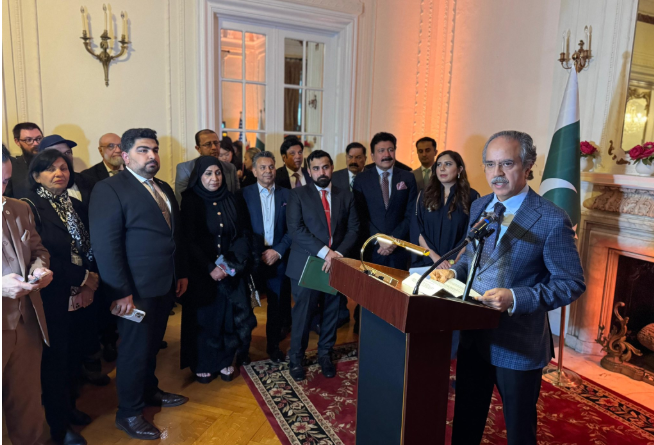United Nations— Ambassador Asim Iftikhar Ahmad, Pakistan’s Permanent Representative to the UN, has said that Gandhara is not merely an ancient civilization; it is a living testament to the values of peace, tolerance, and dialogue that have long been cherished across the lands of Pakistan.
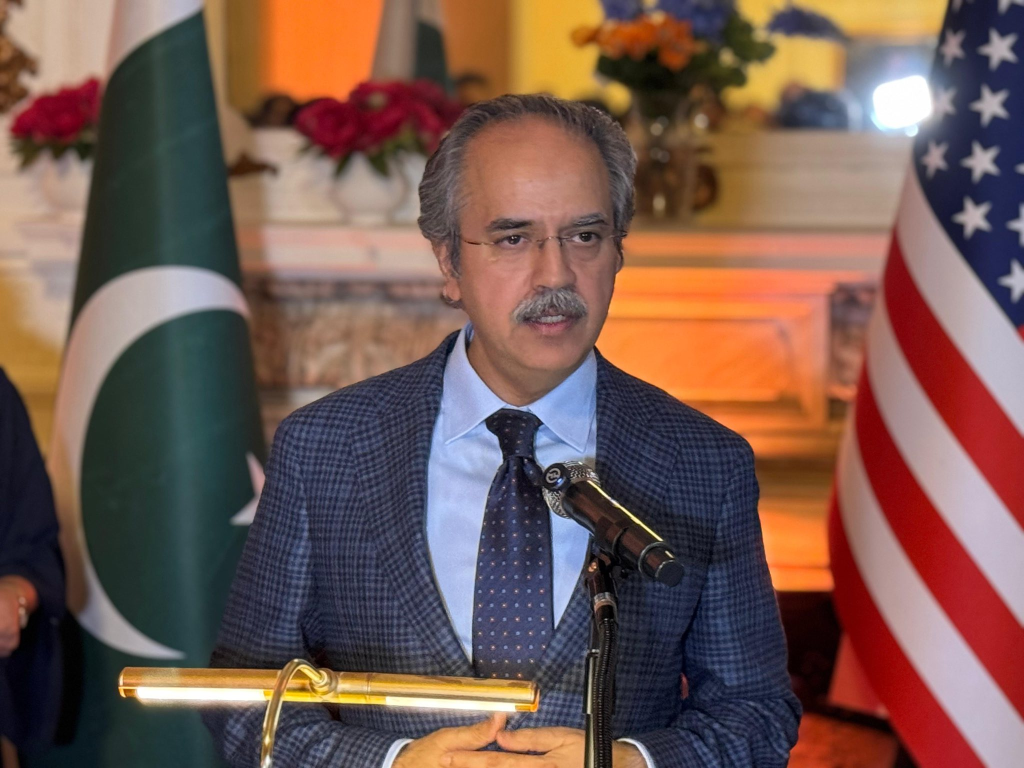
Ambassador Asim delivered the closing remarks at a splendid cultural exhibition entitled as “Whispers from Gandhara – Showcase of Gandhara Civilization and Buddhist Heritage of Pakistan”, which was jointly arranged by the Permanent Mission of Pakistan and the Consulate General of Pakistan in New York in the chancery building.
The event was attended by a distinguished gathering of diplomats belonging to different UN Missions, officers and staff members of the Pakistan Mission and Consulate General Office, senior U.S. officials—including representatives from the Manhattan District Attorney’s Office and the Office of the Mayor of New York—alongside prominent U.S. business leaders and members of the Pakistani-American community.
In his remarks, Ambassador Asim said that as a remarkable center of Buddhist art and learning, Gandhara emerged as a beacon of cultural synthesis – where East met West, and spiritual traditions blended seamlessly with artistic expression.
He said that in showcasing Gandhara, we are not only reflecting on a glorious past, but also reaffirming Pakistan’s commitment to preserving and promoting our shared human heritage.
“We are proud that several of Pakistan’s Buddhist archaeological treasures are recognized by UNESCO as World Heritage Sites. We remain steadfast in our cooperation with UNESCO and international partners to protect and promote these sites for future generations,” he said.
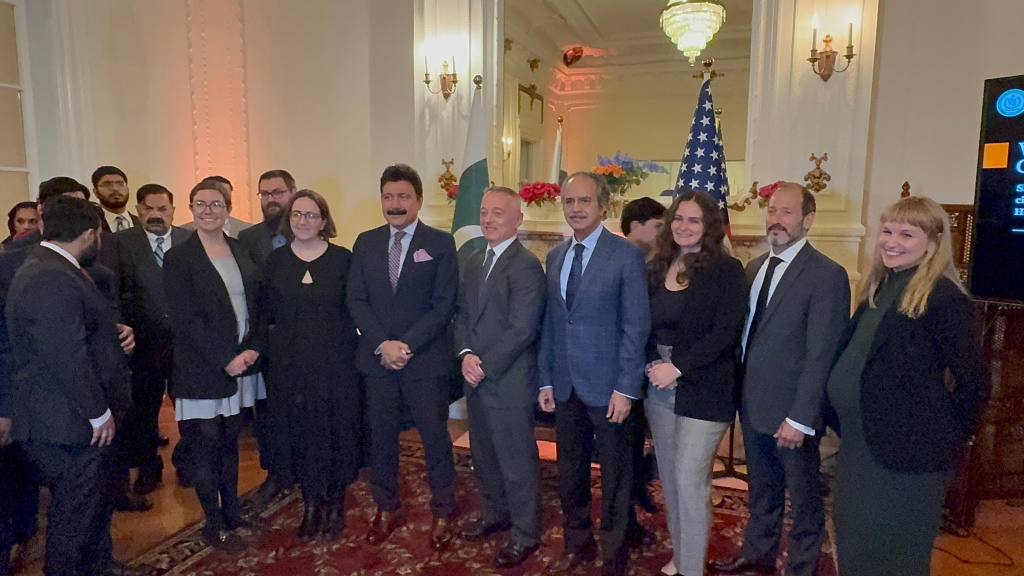
He thanked diplomatic, academic and cultural communities, UNESCO and the permanent delegations for their support and commitment to the protection of cultural heritage globally. He also extended his sincere appreciation to the Office of the District Attorney for its invaluable support in the repatriation and safeguarding of stolen Gandharan artifacts in recent years.
The Pakistan UN Ambassador added that these efforts are a powerful reminder of how international cooperation can right historical wrongs and restore dignity to cultures and communities.
In his opening remarks, Consul General Aamer Ahmed Atozai highlighted Pakistan’s rich civilizational heritage, noting a personal connection to the ancient Gandhara region, which is rooted in his hometown of Nowshera—located near the renowned UNESCO World Heritage Site of Takht-i-Bahi.
The exhibition showcased 39 rare artifacts from the Gandhara and Indus Valley civilizations, all recovered and repatriated to Pakistan through the remarkable efforts of the Manhattan District Attorney’s Antiquities Trafficking Unit.
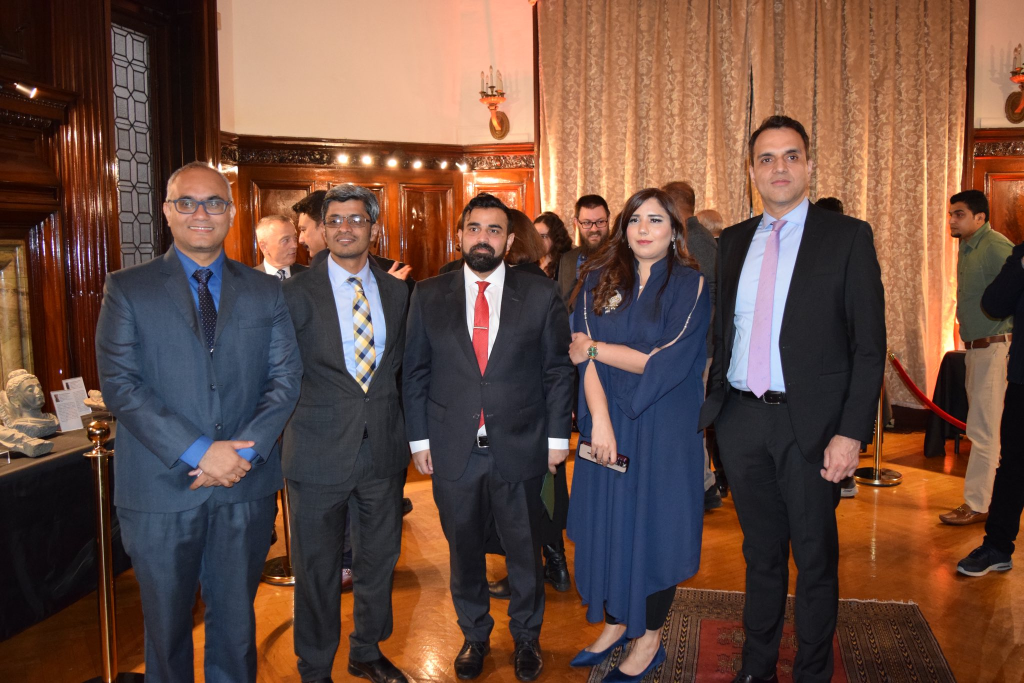
Spanning from the 3rd century BCE to the 4th century CE, these ancient treasures included statues of the Buddha and Bodhisattvas, narrative relief panels, ceremonial vessels, and a figurine of the mother goddess—each piece reflecting the profound spiritual heritage and artistic mastery of Pakistan’s rich cultural legacy.
In a special video message, Foreign Secretary of Pakistan Ms. Amna Baloch underscored Pakistan’s unwavering commitment to preserving cultural heritage and expressed gratitude to U.S. authorities for their pivotal role in the recovery of the artifacts.
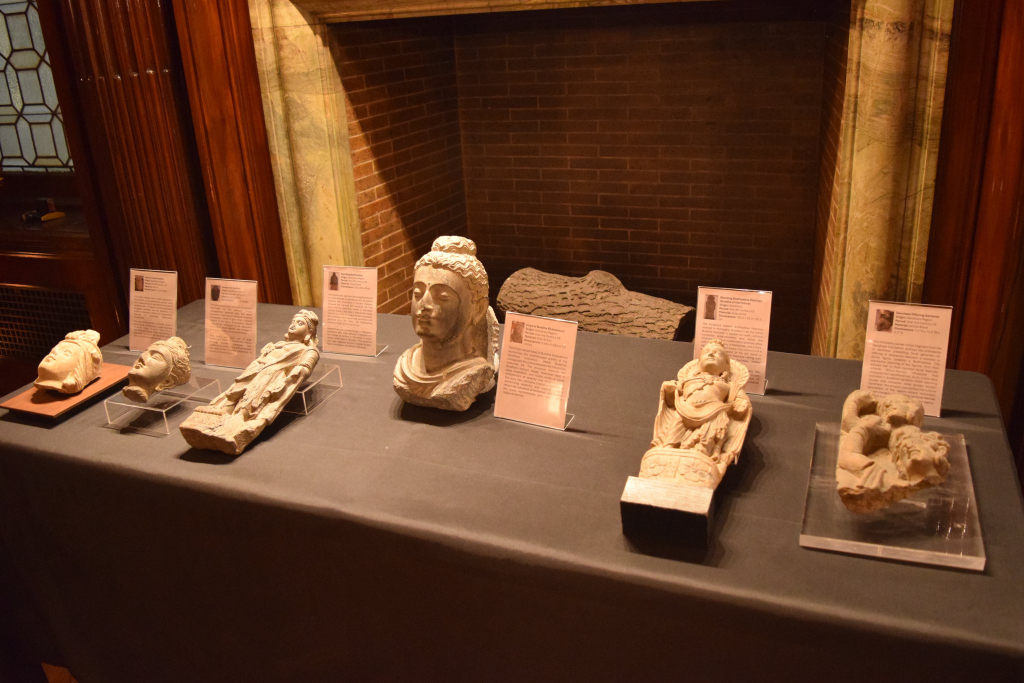
Colonel Matthew Bogdanos, Chief of the Antiquities Trafficking Unit, delivered remarks on behalf of District Attorney Alvin Bragg, highlighting the significance of cultural justice and international cooperation. His address was followed by an official signing ceremony, marking the formal handover of the artifacts to the Government of Pakistan.
A visually captivating documentary and presentation by Vice Consul Umar Sheikh vividly traced the evolution of Gandhara as a historic crossroads of civilizations and a crucible of Buddhist philosophy, shaped by Greek, Persian, and Central Asian influences.
The exhibition concluded with an artifact viewing and a captivating Qawwali performance, leaving guests with a lasting impression of Pakistan’s artistic and cultural richness and enduring civilizational legacy.


